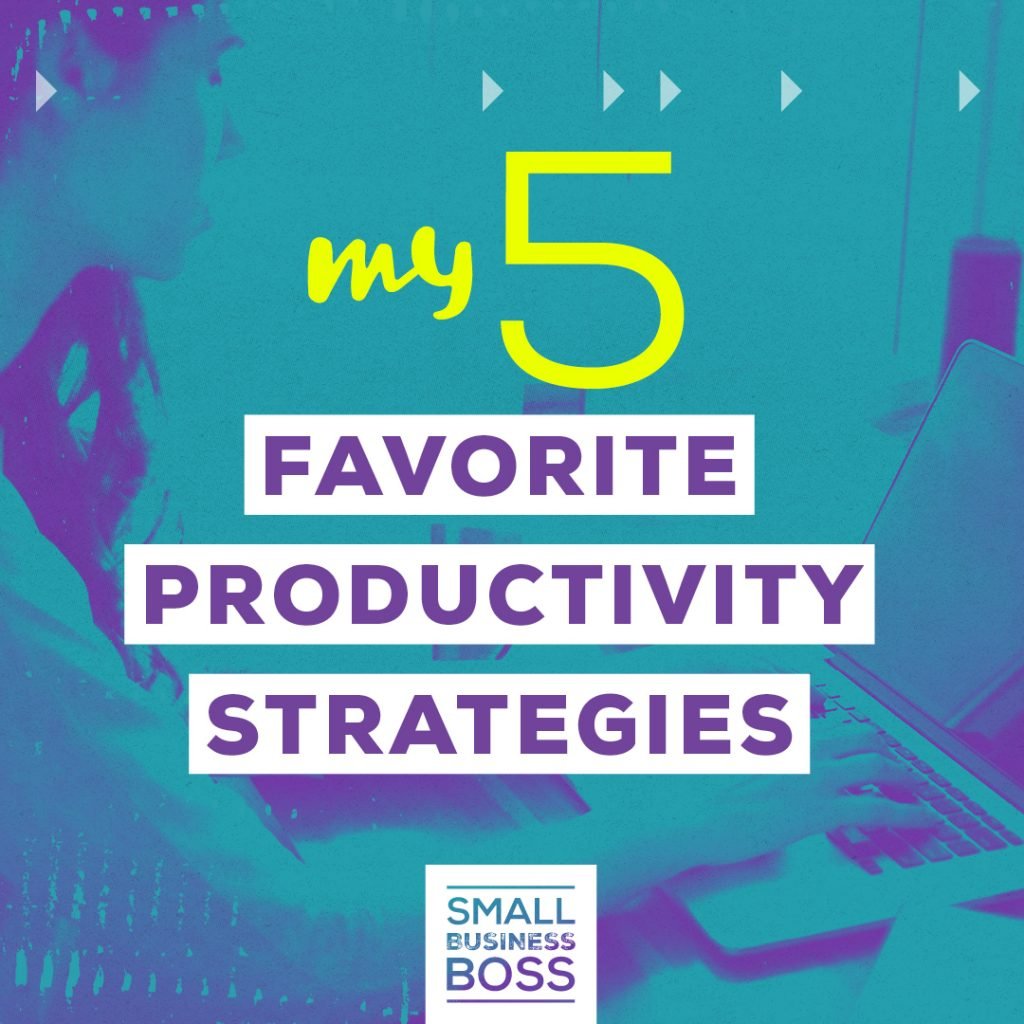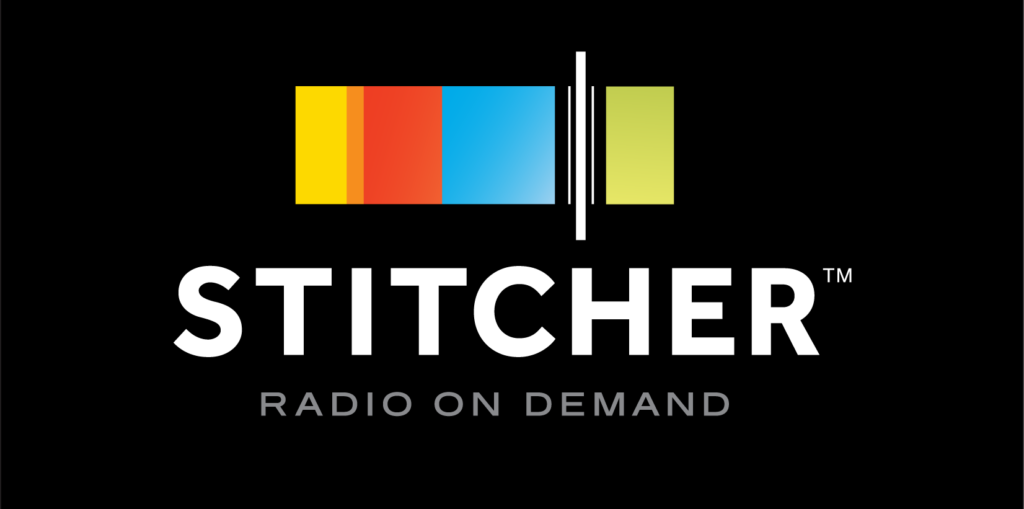
Episode 146: My 5 Favorite Productivity Strategies
In January, it’s all the rage to focus on building new habits — including those that help us better manage our time and be more productive. In this episode, I’m delving into my five favorite productivity strategies, a few of which may surprise you.
We’ve all heard it. The drumbeat where we’re supposed to be getting ready to have our best year ever. Maybe you’re on board. Maybe you’re rolling your eyes. Either way, there’s a reason that productivity and time management is so hyped up.
And that reason may not be what you think it is. It’s not about doing more and being powerhouses. It’s more about focusing on the right actions and not wasting our lives away in a hell of multi-tasking and context switching.
So, let’s dive into some of my favorites.
#1: Sprint Weeks
Sprints are a concept that originally started in the software and tech industry. The idea was to have a specified period of time (usually 30 days in the tech world) where all tasks related to a project are prioritized and then completed in their entirety before beginning the next task.
While the overall execution within a service business looks a little different, the concept is the same. I build in at least one “sprint week” per month — sometimes two — where my #1 focus is on specific business priorities. During that week, I eliminate calls, and I focus on client work (which in my case is checking in with my team and reviewing documents) for about an hour a day. I do that first thing, then the rest of the day is committed to my specific projects.
The key to ensuring a sprint is effective and executed properly is the planning. You need to look at all of the tasks and how long they will take. Going into a Sprint Week, I always have VERY specific priorities, which are tied to my quarterly priorities.
Having everything laid out in a plan ahead of time means you have a holistic picture of everything that needs to be accomplished during your sprint. There are a ton of great sprint templates to be found online and using one may be a great way to help you get set up for your first sprint.
This strategy is also very effective for large client projects where you need to make progress quickly. The goal is to be focused on what you’re going to get done and to eliminate as many barriers to getting the work done handled either before you start or before the next day.
Try using sticky notes for all of the things you’re going to get done in your sprint. This helps create a visual and to keep track of what’s what. Then you can use these three buckets for your sticky notes:
- To be done
- In progress/working on
- Completed
The idea is to start one thing and complete it as entirely as you can before going to the next thing.
#2: Batching Tasks
This tactic is all about getting a lot of similar tasks done at one time. The idea is that since you’re focused on one specific thing versus switching gears all day long, you can get a lot of things done at once.
We lose up to 30% of our days due to context switching as we jump from task to task. And if you think about that and how many hours that is over the course of a week as we jump in and out of email, project management and more, it’s time we could use on more strategic priorities — or to just not work as much.
For me, a big focus of my batching is creating podcast content. To prepare for this month, I sat down and wrote up talking points for eight episodes. The next day, I then sat down to record as much of that content as I could. In less than 48 hours, the bulk of my content creation for the entire month was done.
The reason batching can be so successful is because it allows you to immerse yourself in ONE thing at a time. Sure, you may have seven blog posts to write but doing them all at once allows your brain to focus on the writing instead of trying to split focus on different tasks that require different parts of your brain.
If you’re not into batching tasks now, start small by batching your email in one or two blocks each day. Instead of refreshing and jumping in during the day, create time blocks where you check email and that’s it. Get in and get out.
Sure, it’s the same amount of work in the end, but your brain is less likely to freak out when it’s processing everything in smaller groups.
Another way batching can help is by minimizing mistakes. We all know what it’s like when we are jumping from one thing to another and keep going back throughout the day.
The chances of making a mistake become exponentially higher the more things we try to work on at once. The more you focus on one type of task, the more you increase the likelihood that things will be done right. Fewer mistakes equal less time going back and fixing things.
Some other ideas for things you can batch:
- Creating graphics
- Setting up landing pages
- Project managing clients
- Accounting tasks, such as invoicing and time tracking
- Documenting systems or processes
- Client check-ins or even calls (I love having “call” days!)
#3. Prioritize Like a Total Boss
Is this really a productivity technique? I don’t know, but it works for me. The reality is that we HAVE all the ideas, and it’s easy when you’re the boss to feel like everything is really really urgent.
Learning how to discern what’s actually urgent and important is key, and for most of us, well, our filter is broken.
For me, this shows up as misplaced urgency where I literally want to drop everything for a fresh new idea or a shiny object. Even if it’s not part of the plan.
Listen, I know this is hard. I struggle here, too, but having awareness of the fact that you need to prioritize (and do it hardcore) makes all the difference.
The first thing you need to do is have clearly stated and thought-out priorities for each quarter. I like to limit them to three goals overall, and in my case, there’s usually a marketing/sales goal for both Scoop and Small Business Boss and then one other goal typically related to my team or operations.
Notice I said three — three main priorities for three months. Not 12. Because when you work with clients, you need to manage what you realistically can do and be able to eliminate things that don’t matter.
Those priorities help me determine if something needs to be done or if it should be parked.
It may be helpful to use a decision-making matrix, such as the Eisenhower Matrix, to decide. I’ll spare you the details, but there’s a post linked up in the show notes to show you how to use this.
#4: Time Blocking
Confession: I’ve never been able to really get into The Pomodoro Technique where you spend 25 minutes “on” and 5 minutes off for a number of cycles before taking a bigger break.
The more cycles you do of being “on,” the longer you break for after each one, giving your brain time to absorb new information and rest before tackling another task.
I use a variation on this by time blocking my day and shutting off any distractions during key periods of time. By focusing on tasks and setting aside a specific amount of time, I’m more efficient, and I don’t let them go on an on and on. Plus, it forces me to make decisions quickly and not overthink it.
The idea is that you work with time and eliminate anything that has the potential to derail you.
I don’t know about you, but I seem to think things take WAY longer than they actually do — or I completely underestimate. This helps bring more awareness to how long things take and helps you be realistic in the future.
If you want to give Pomodoro Technique a whirl (or your own version thereof), there are a number of apps that you can use on your computer/tablet/phone that have these Pomodoro time breaks preprogrammed, such as Tomato Timer and Focus Time.
#5: Stop Working or Take Time Off
Those of you in the “hustle until you drop” school, I’m talking to you. This used to be my modus operandi, and I still need to watch myself so I don’t fall into this. The truth is that when you’re dealing with a pile of work and a never ending to-do list or you’re stressed, the natural inclination is to keep working. To work day and night to get through it.
I know because I’m a workhorse. Back in my agency days, I believe my boss called me that more than once. And at the time, I thought it was a good thing as I have a pretty high threshold for being able to handle a lot on my plate.
This is all well and good….until it’s downright terrible. You need to have a limit for how much you’ll work and enforce that limit. A late night now and then because you’re on a deadline or excited about an idea is fine. The problem is when working around the clock is your default.
And, yes, it’s still a problem even if you love what you do.
The real focus needs to be on building in downtime. That may be a time where you shut down work for the day. Or block apps on your phone. Or book the week off or take the ENTIRE weekend off.
If you really want to be more productive, you need to give your brain a break — even if you’re like me and have endless amounts of fuel. You can be more creative, more efficient, and frankly, happier when you step away from the to-do list.
I’m always reminded of this when I take time off during the summer, including all my weekends and chill out at the lake. And I’m especially reminded when I’m traveling outside my own time zone. A couple of years ago when I was in the UK on vacation, I was going to bed at what would be 4 p.m. ET. I was worried I may miss something as I did need to check in with the office. And you know what? NOTHING happened. I’d wake up, check in and be like, okay, that’s a non-event. So, book that vacation — preferably like four or five time zones away — and get reminded that very few things are urgent and most work can wait.
Side note on all of this: If this seems completely not possible for you, we need to talk about your boundaries. And good news, we’ll be diving into that in an upcoming episode.
Links for the Show:
- Eisenhower Matrix
- The Pomodoro Technique
- Tomato Timer
- Focus Time
- Small Business Boss Squad Facebook Group


